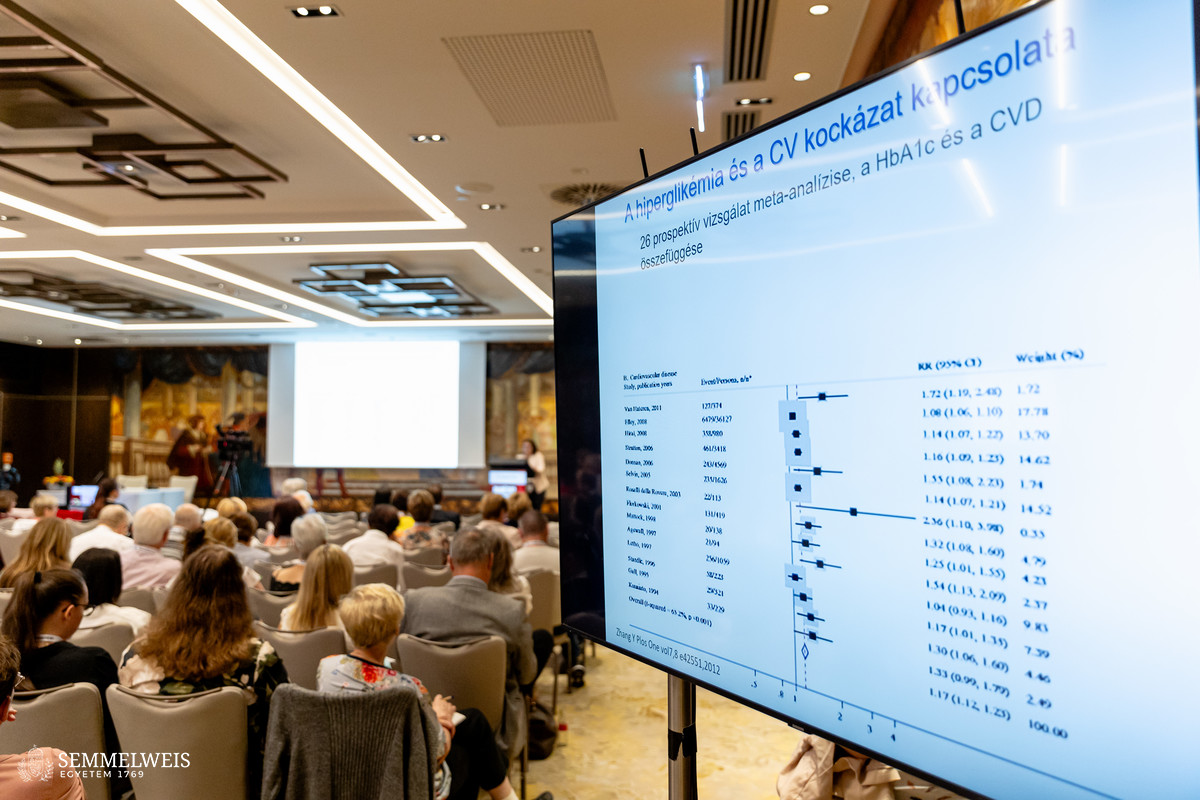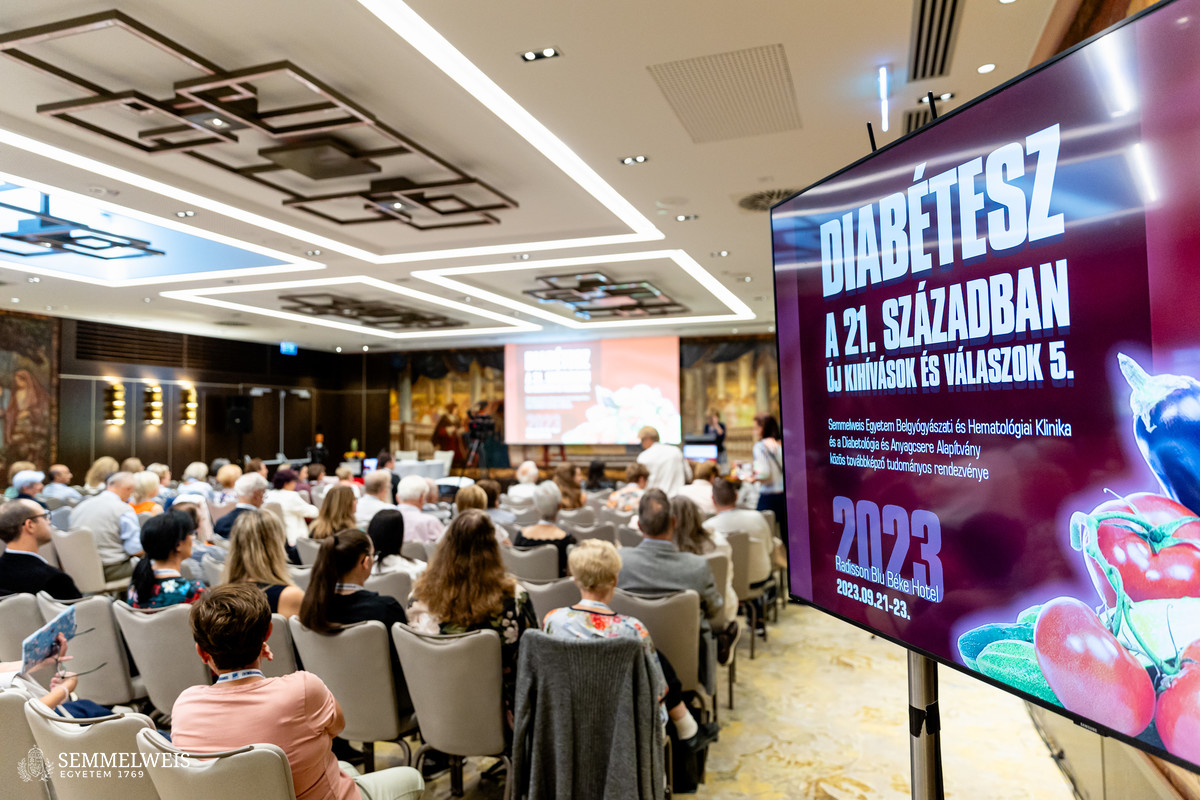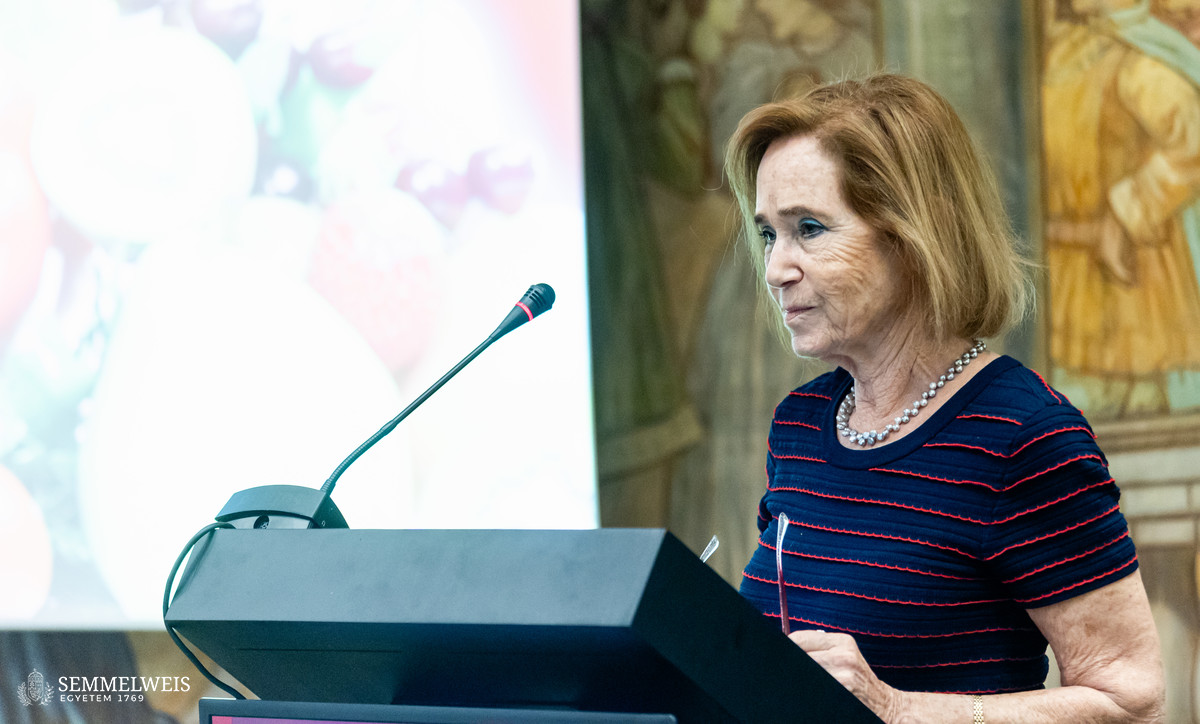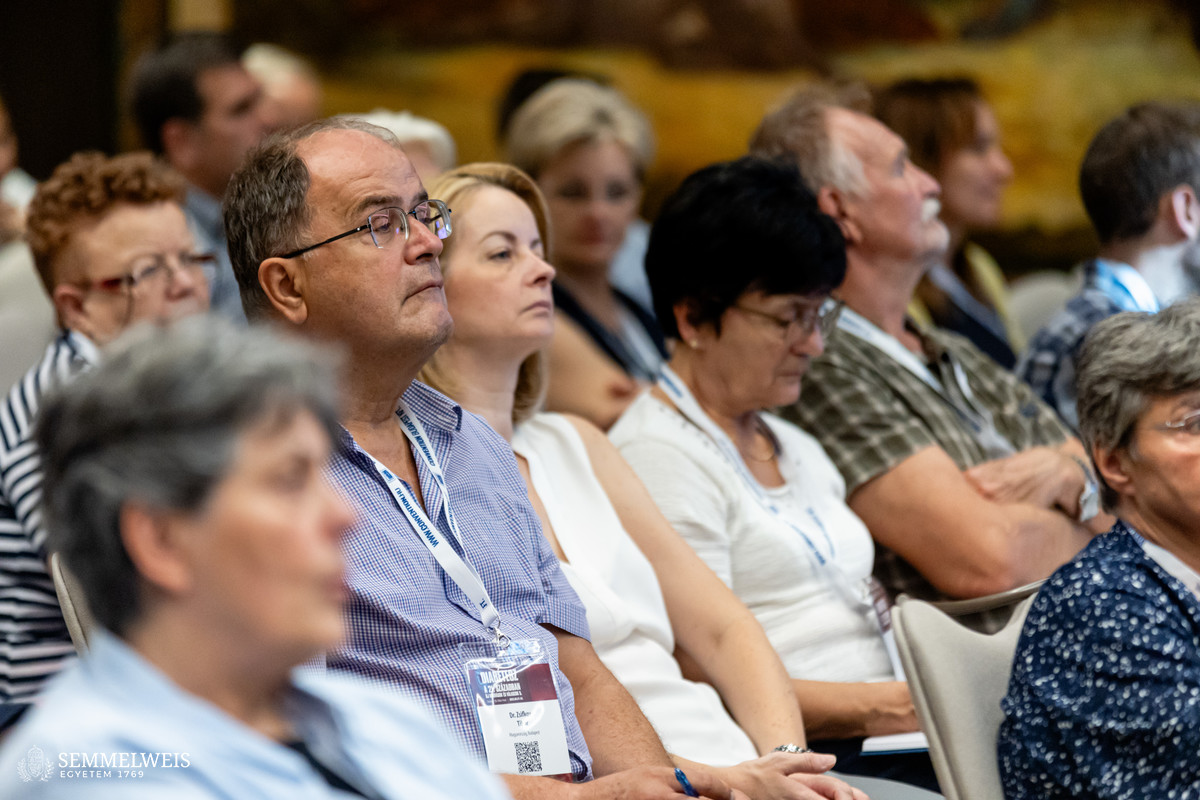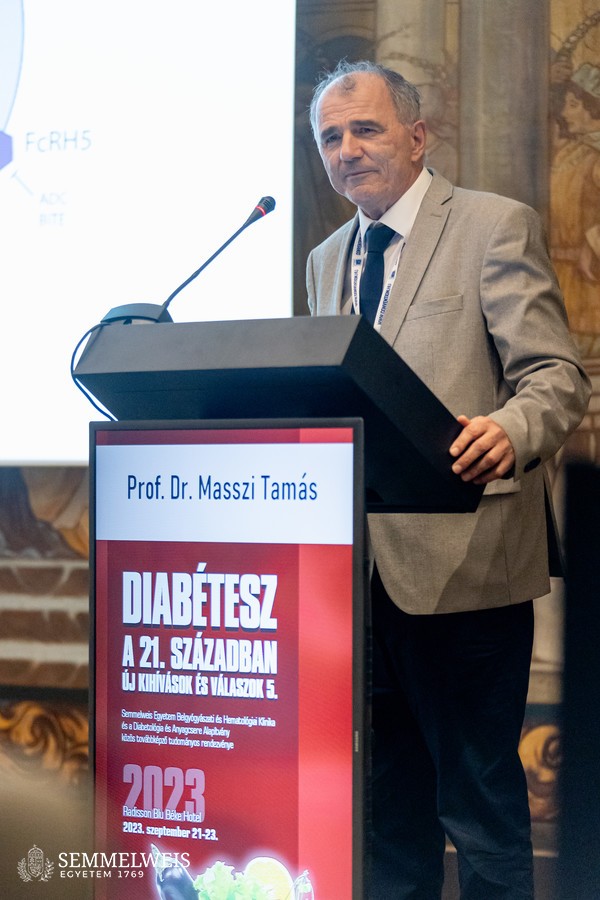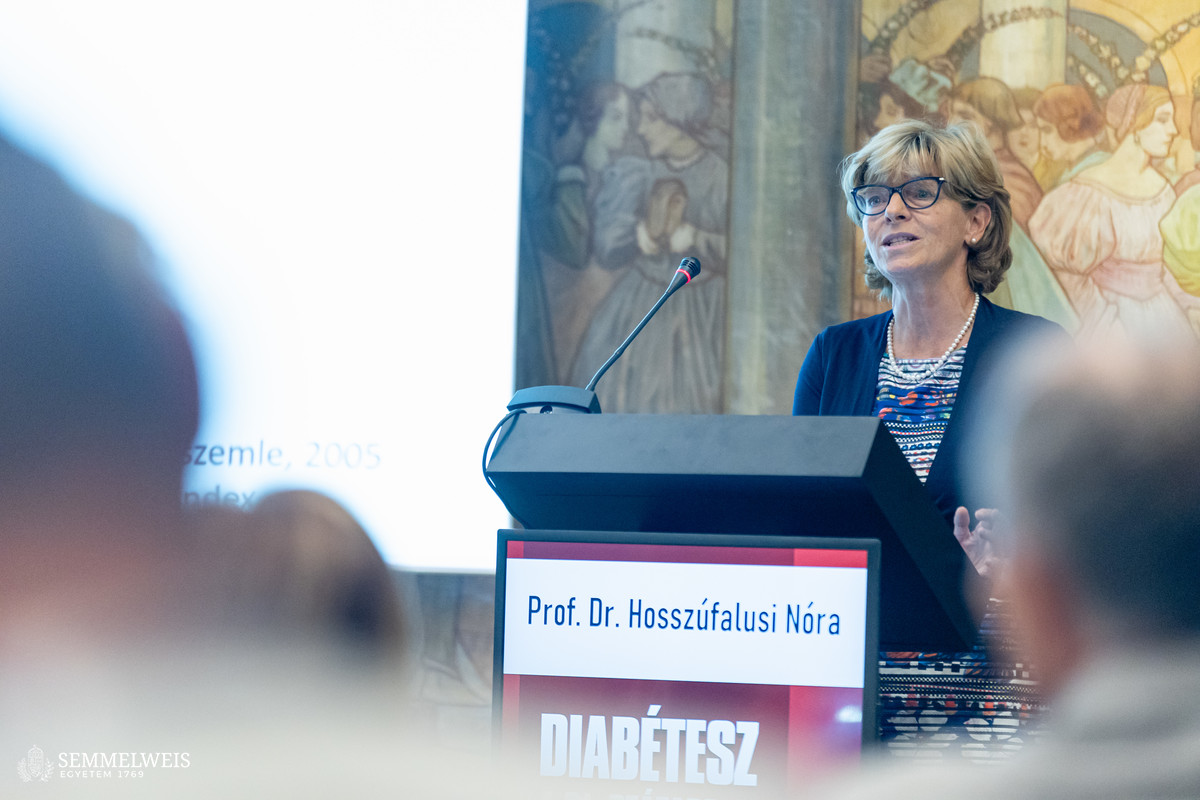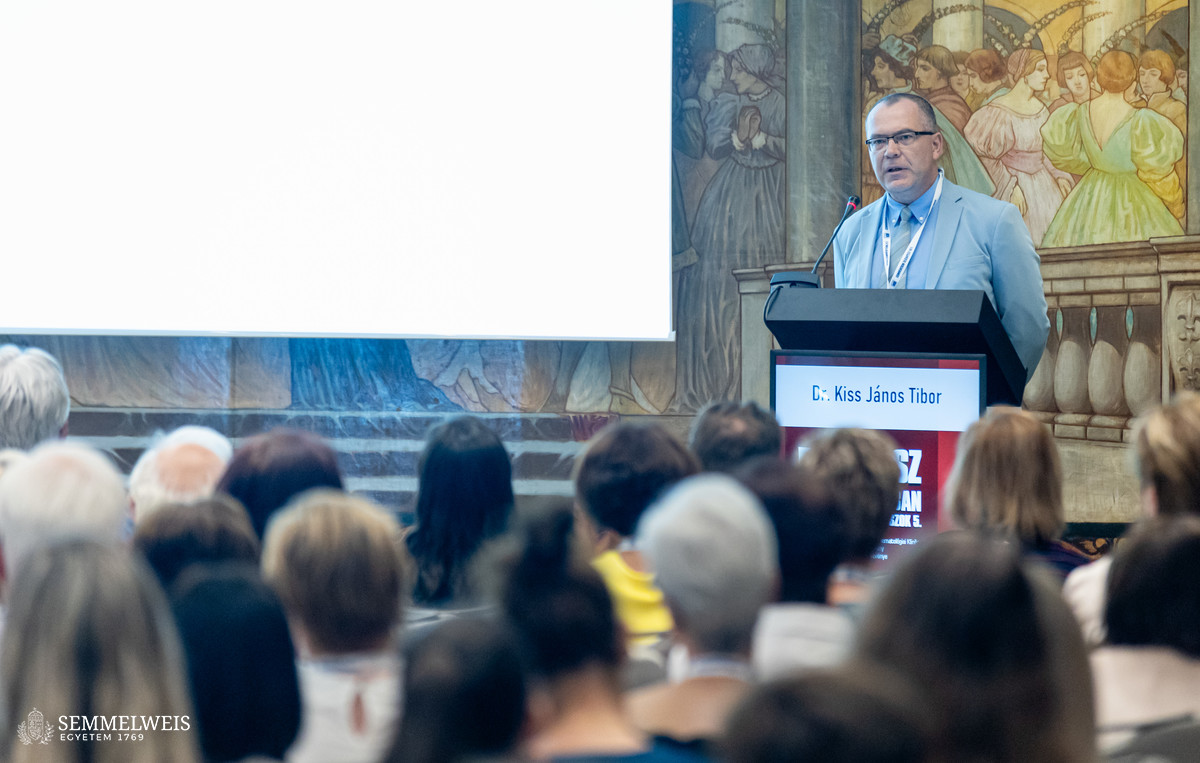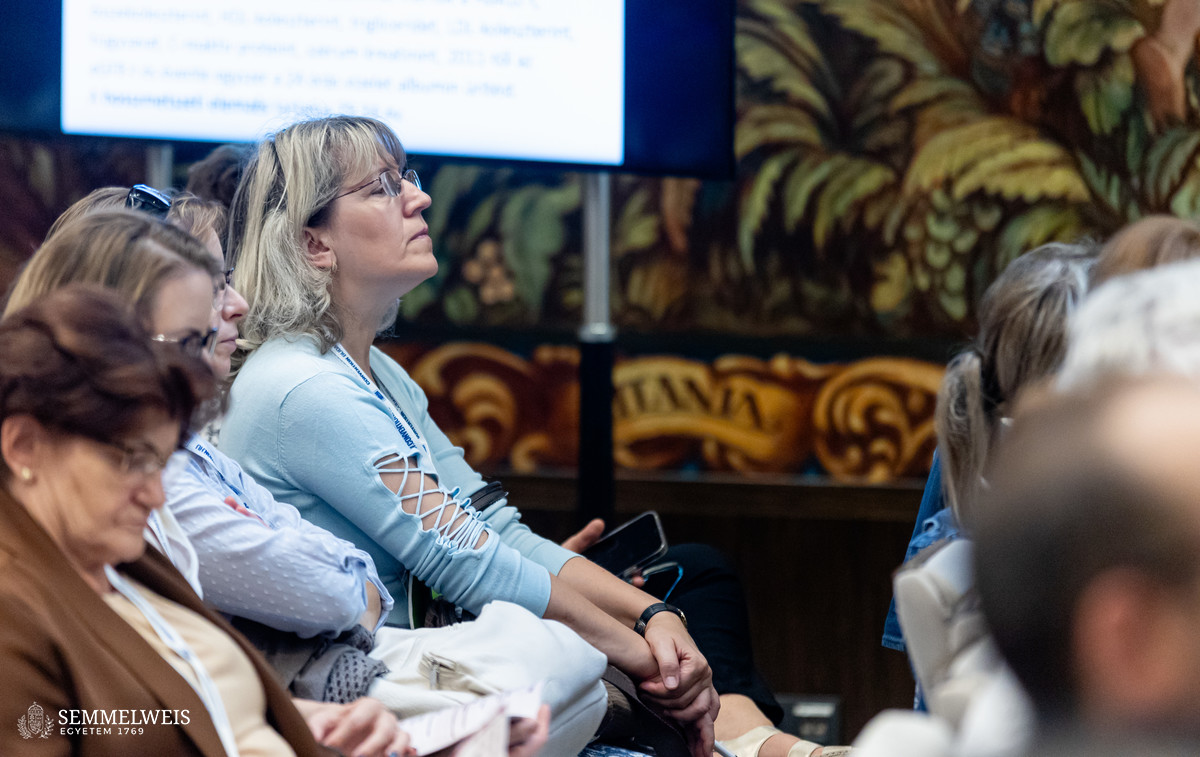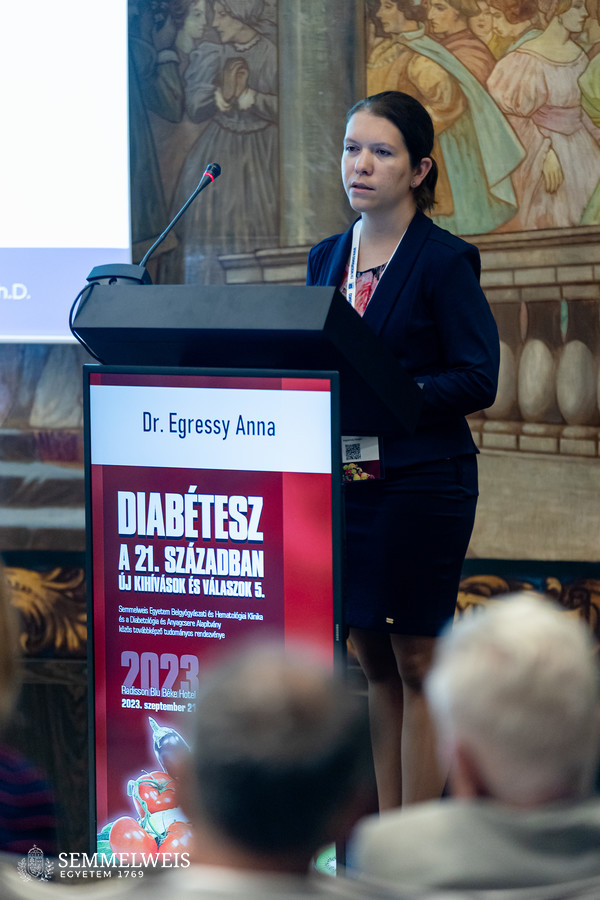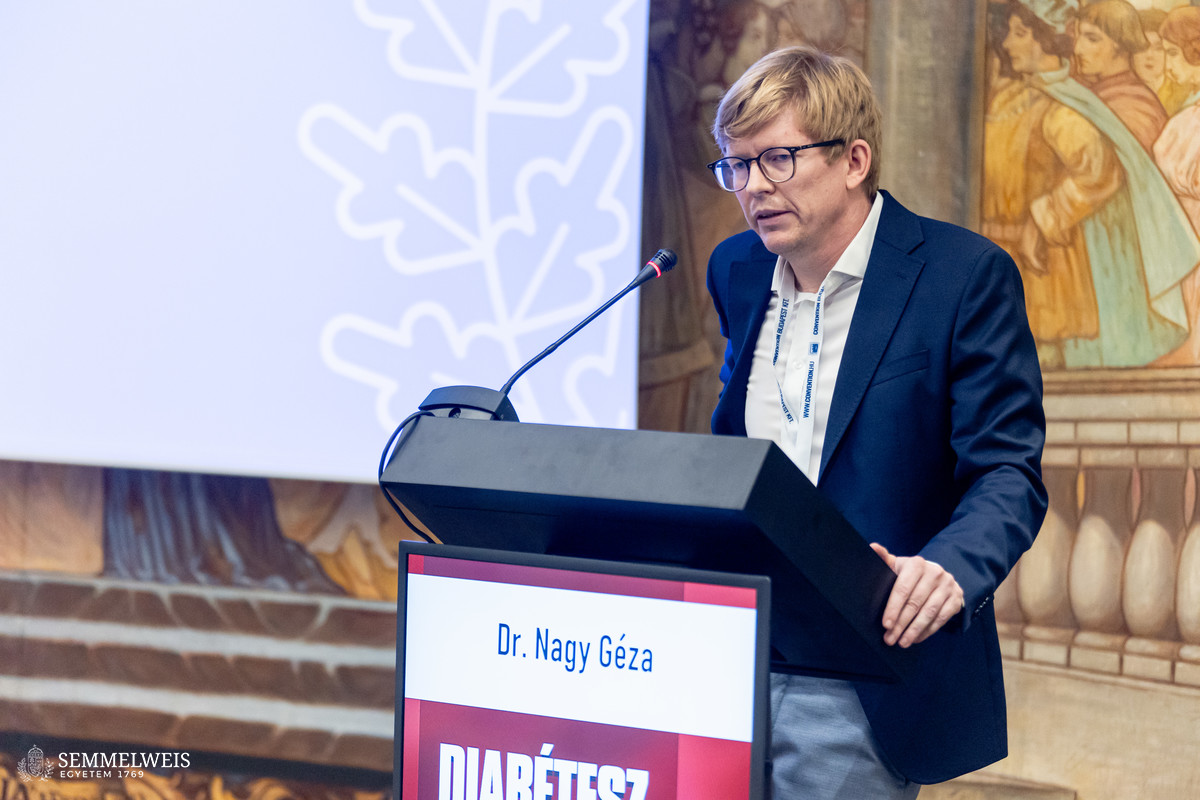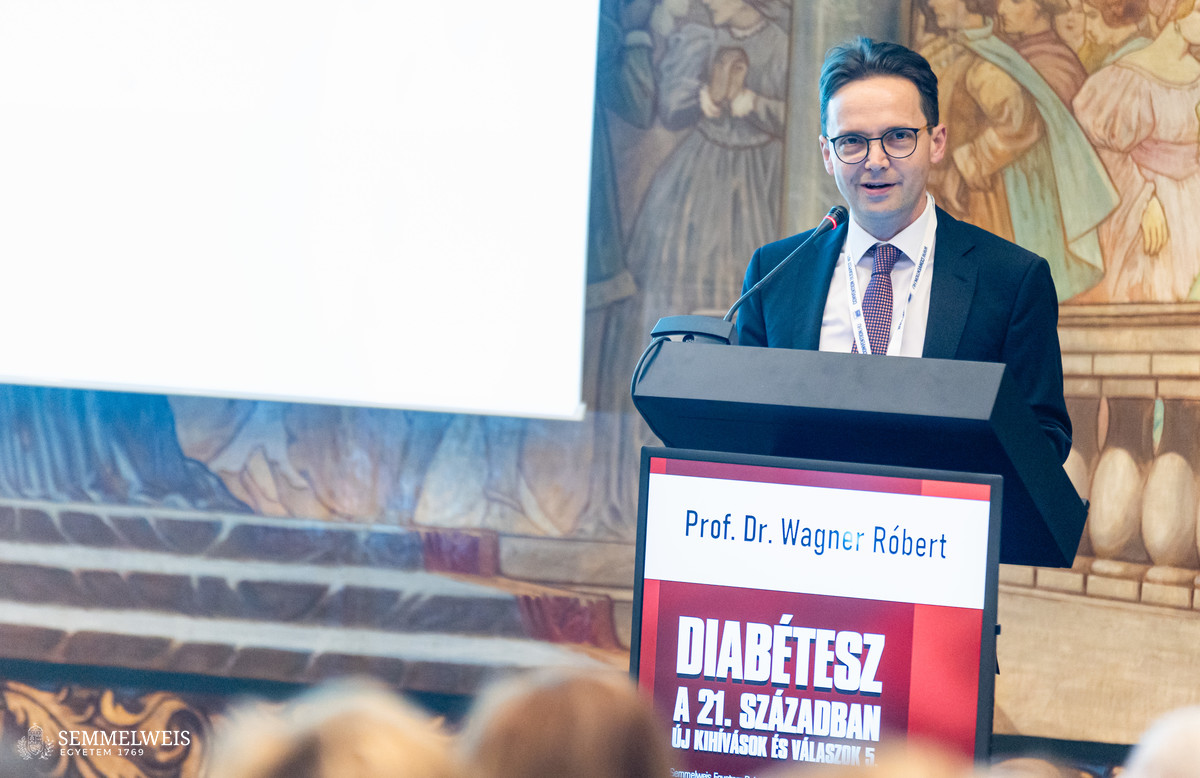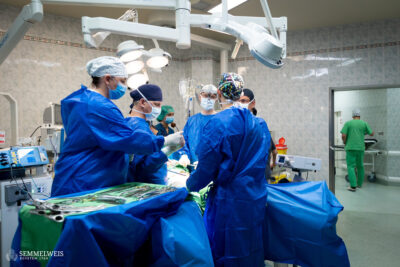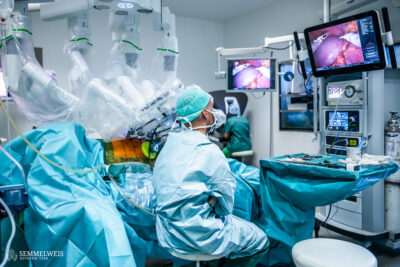Around 400 people registered for the three-day accredited training course, including specialists, family doctors, nurses, allied health professionals and PhD students. The audience was greeted by Dr. Tamás Masszi, Director of the Department of Internal Medicine and Hematology. Deputy Director Dr. Nóra Hosszúfalusi opened the scientific program with a presentation summarizing the effects of once-weekly basal insulin, its different modes of action and its application possibilities.
“This year we had the privilege of welcoming renowned Hungarian scientists from abroad who had accepted our invitation to give presentations,” wrote Dr. Anikó Somogyi, Professor Emerita of the department, in her welcome message on the congress website. She added that colleagues of different ages and with different levels of experience but with great expertise, coming either from the university department or from all over Hungary have undertaken to share the latest information in their respective fields.
Dr. Róbert Wagner, Professor at the Heinrich Heine University Düsseldorf and Head of Research Group Clinical Research Center at the German Diabetes Center, gave a presentation on precision medicine in diabetology. In his speech, the Semmelweis University alumnus shared the latest research findings and hypotheses to facilitate individualized treatment of patients. For instance, although many people believe that type 1 diabetes is a childhood disease, it has recently been found that approximately as many type 1 diabetics manifest under the age of 60 as type 2 ones, with the former being less easy to recognize by doctors.
Dr. Péter Gloviczki, Professor Emeritus of the Mayo Clinic, Honorary Doctor of Semmelweis University, Member of the Board of Trustees of the university’s maintainer, Foundation for National Health Care and Medical Education, presented the results of recent comparative research on vascular reconstruction and limb salvage surgery in severe diabetic vascular disease.
The advancement of this field is of crucial importance, especially with the increasing number of people with diabetes, especially young people, and the fact that 15-25 percent of diabetes patients develop diabetic foot syndrome (gangrene or ulceration). 55 percent of lower limb amputations are also associated with diabetes, and the early mortality rate following above-the-ankle amputations is estimated at 21 percent.
Both endovascular and open surgical procedures are effective in reducing amputations and improving long-term survival of diabetics with severe limb-threatening ischaemia and gangrene,
summarized Dr. Péter Gloviczki the recent comparative research findings.
Also in the ‘Cross-border diabetes’ section, Dr. Mónika Szabó from Târgu Mureș (Marosvásárhely), Romania gave a presentation on the unspoken bladder dysfunction plaguing diabetics.
More than forty presentations were given in the course of three days, many of them on obesity as a comorbidity with diabetes, including gynecological and cardiovascular aspects. Besides these, the Friday forum discussion addressed the difficulties faced by family doctors.
Melinda Katalin Kiss, Judit Szabados-Dőtsch
Translation: Judit Szabados-Dőtsch
Photo: Attila Kovács – Semmelweis University
